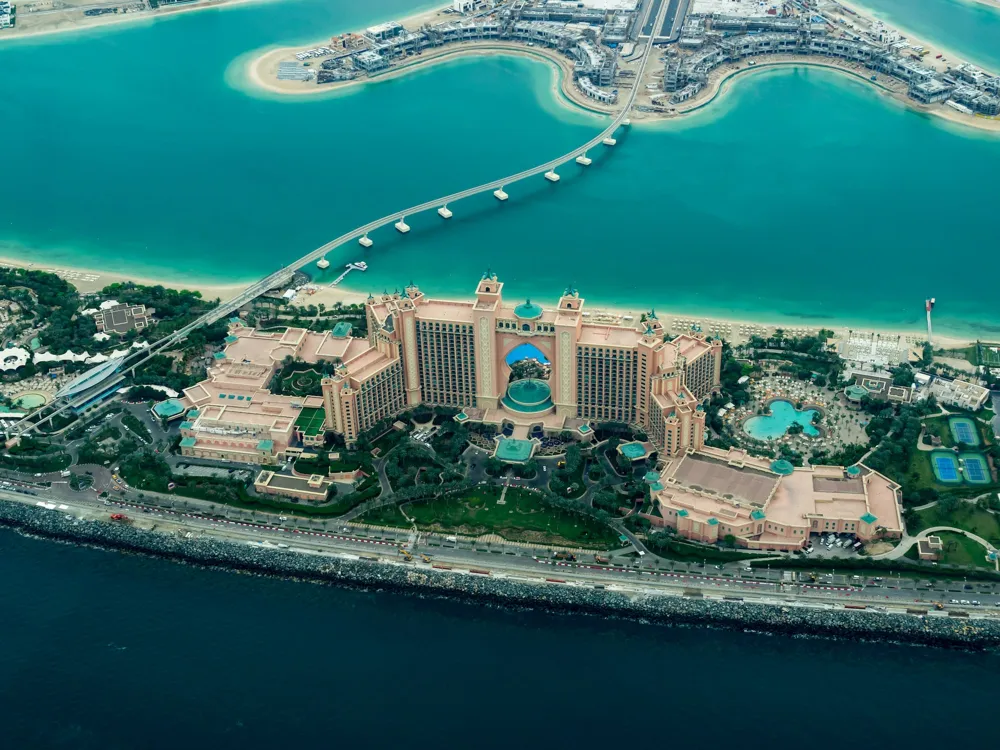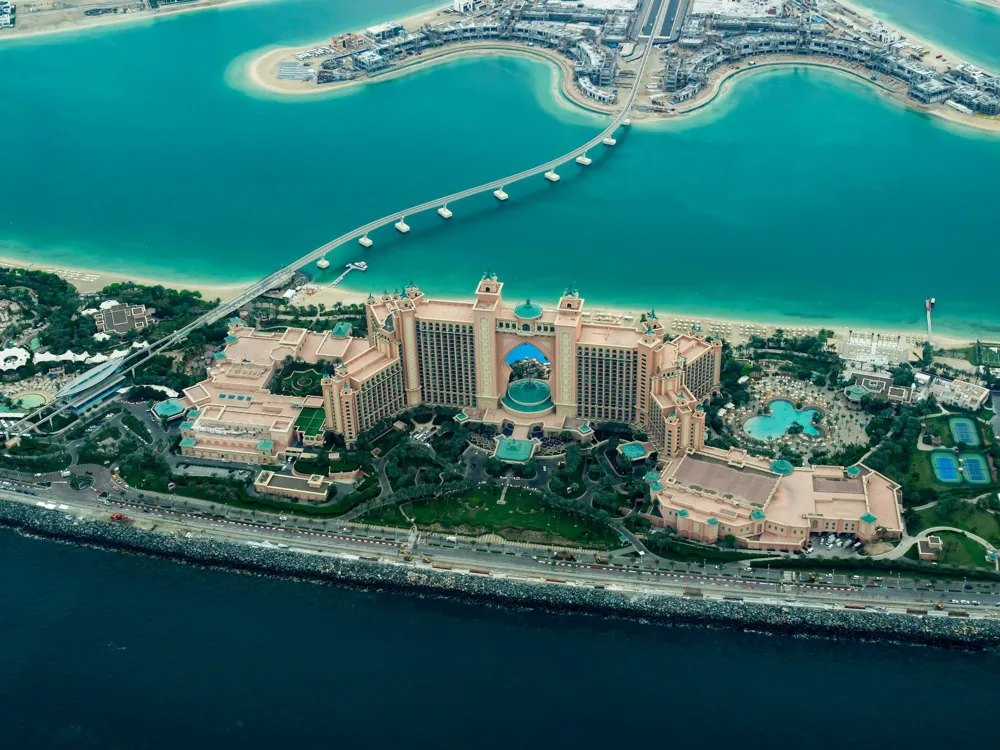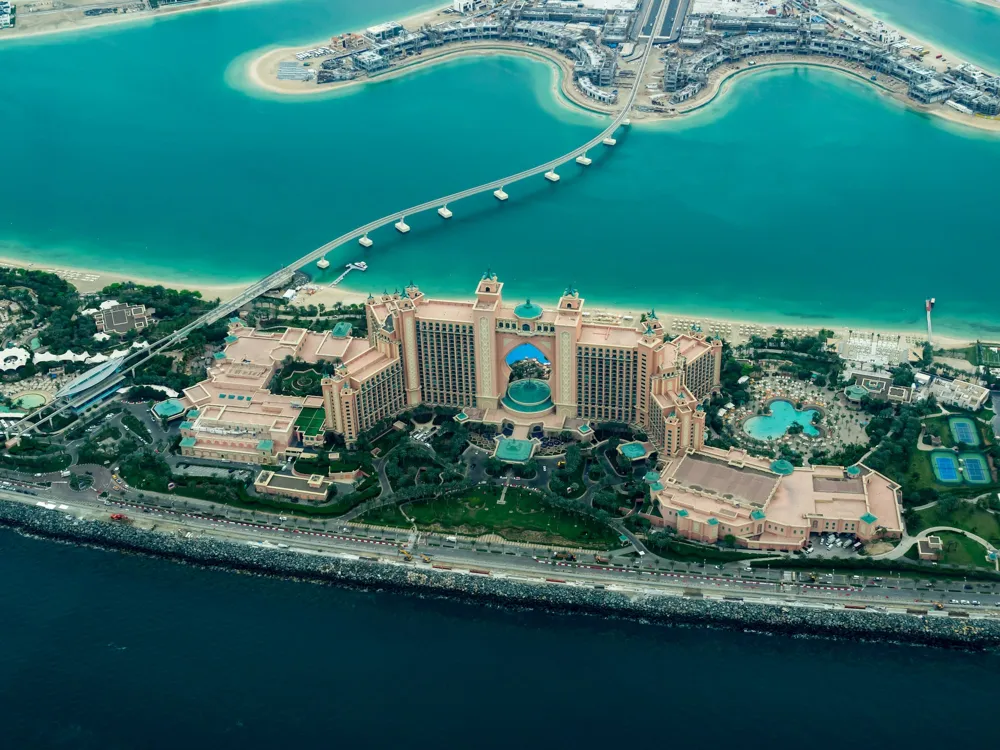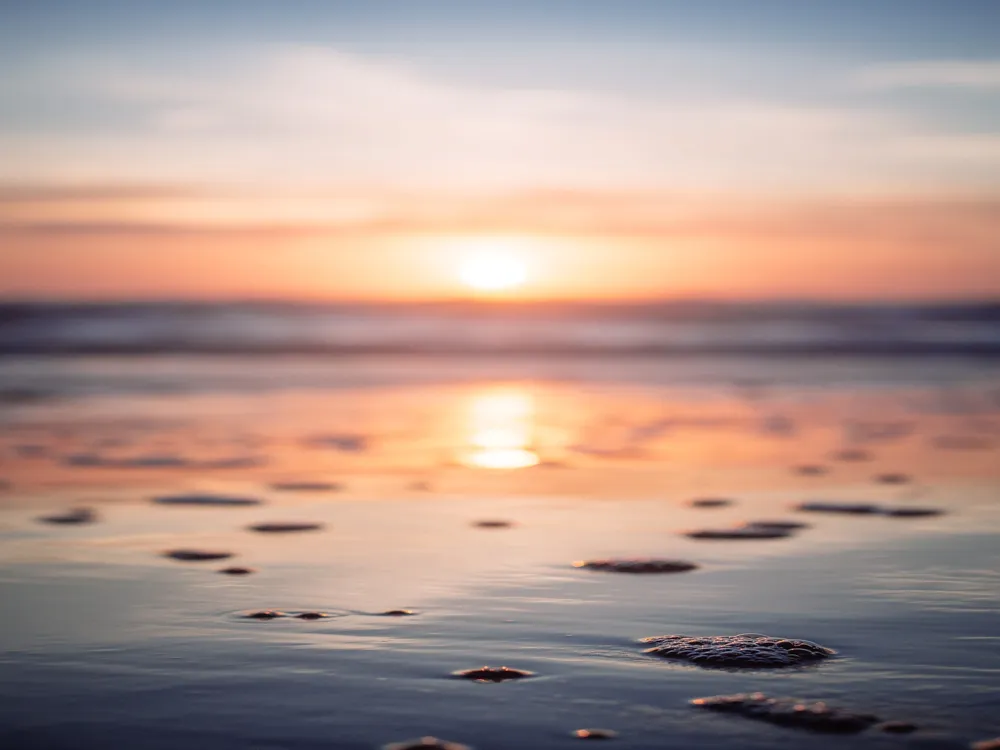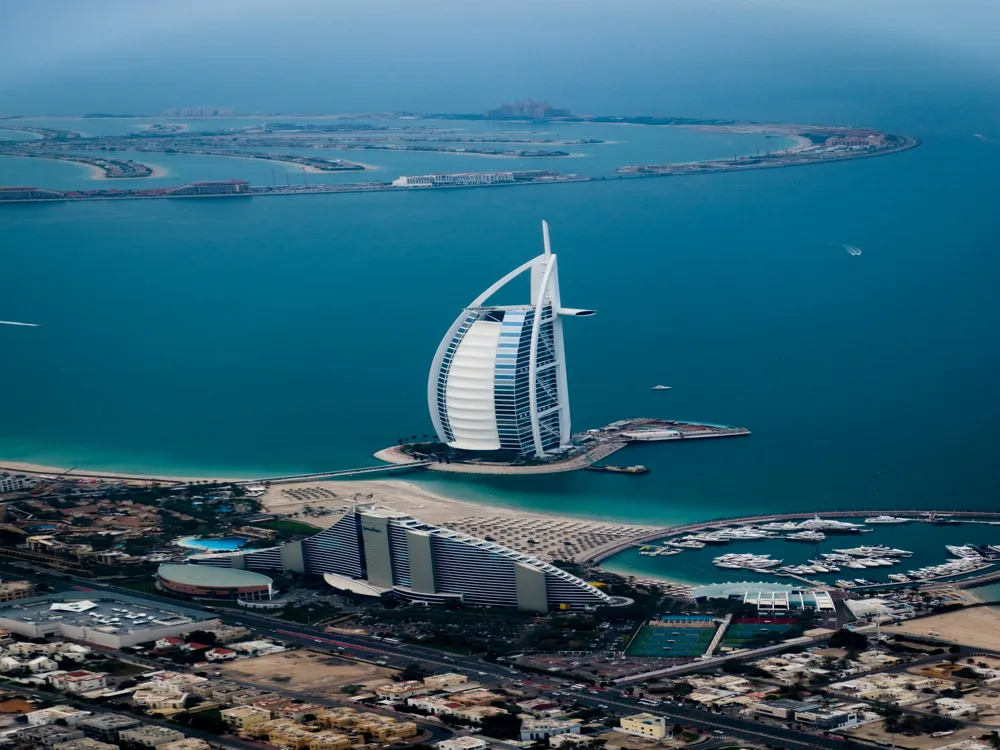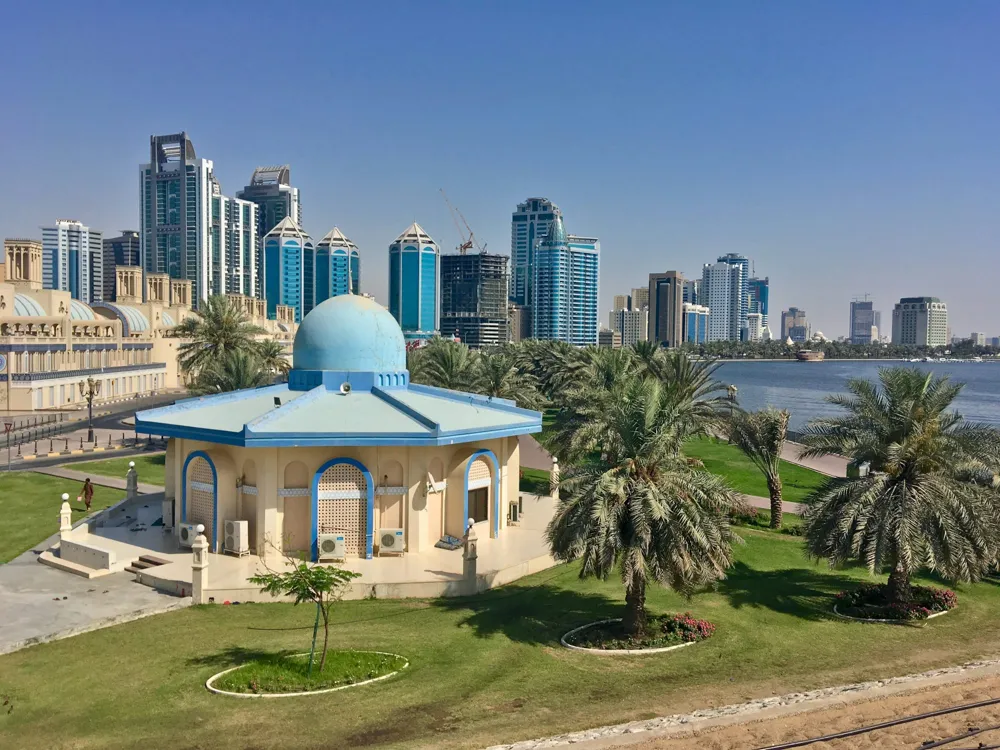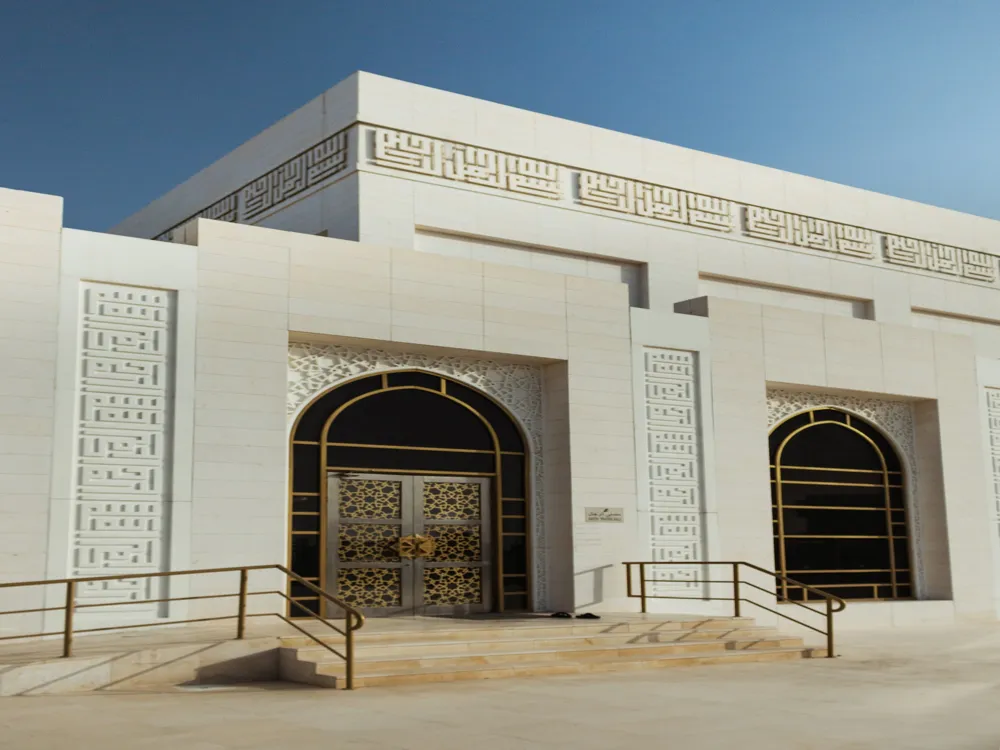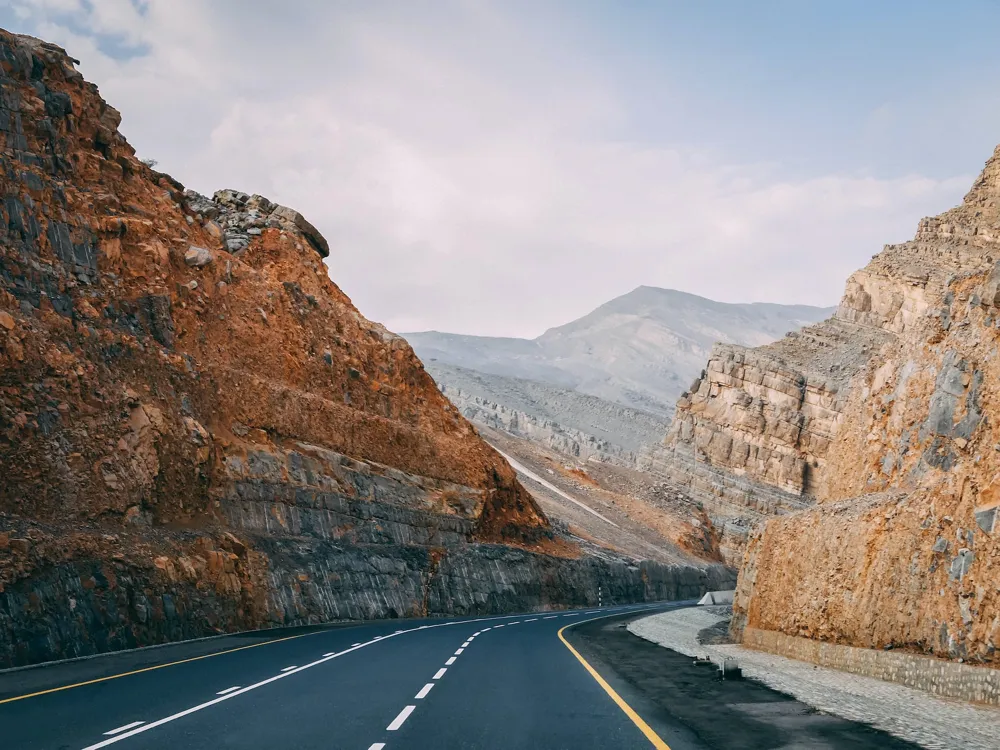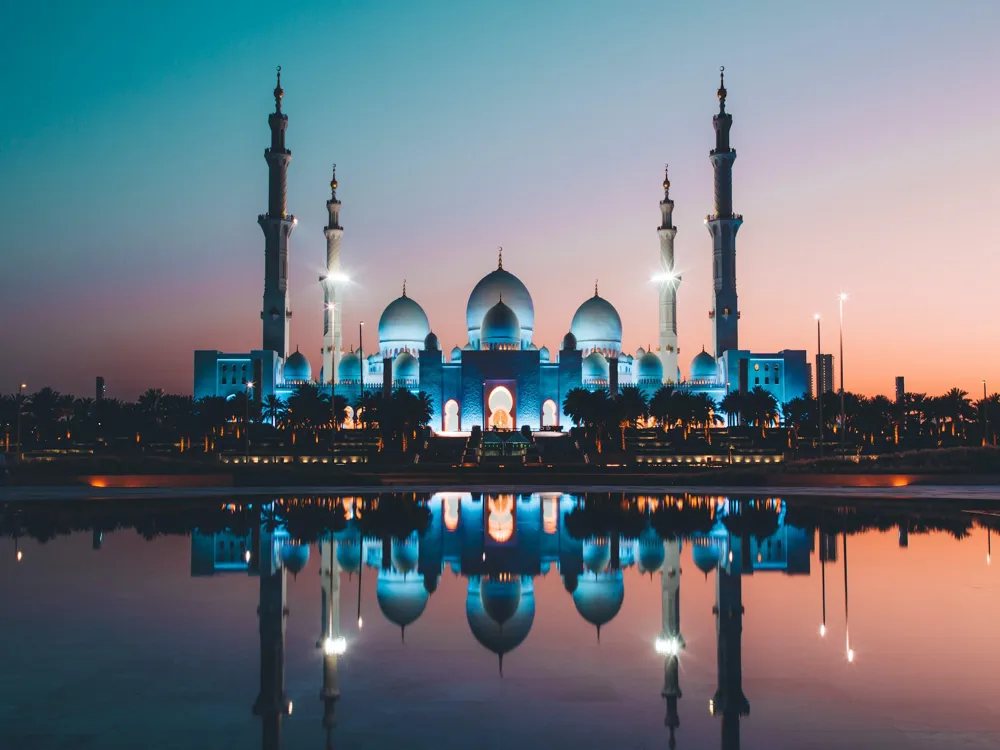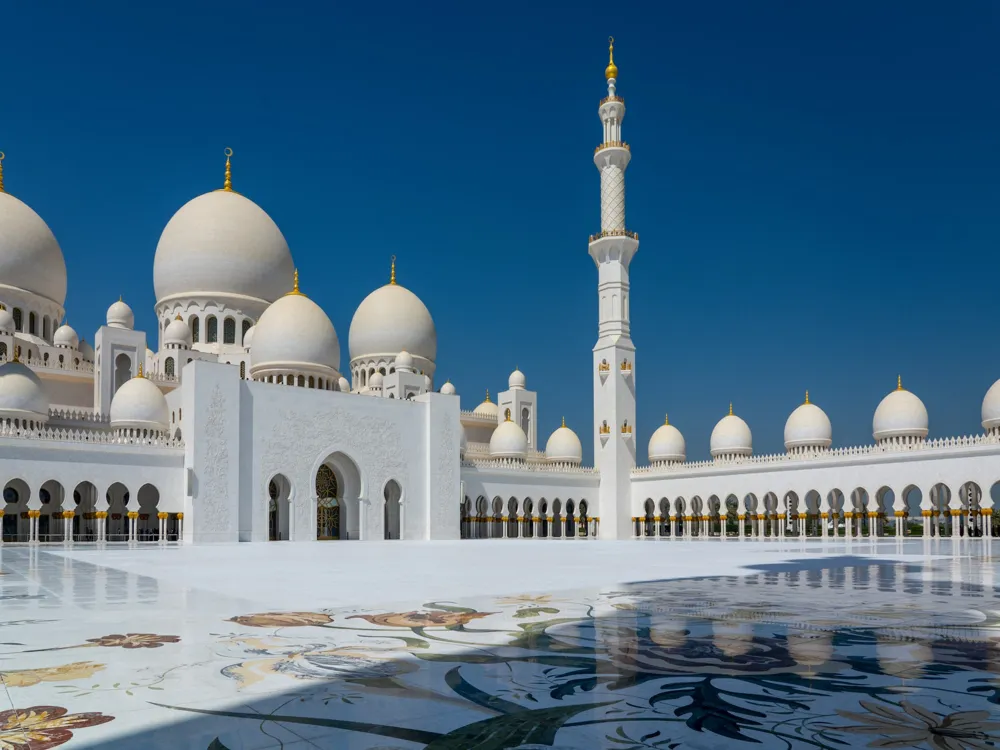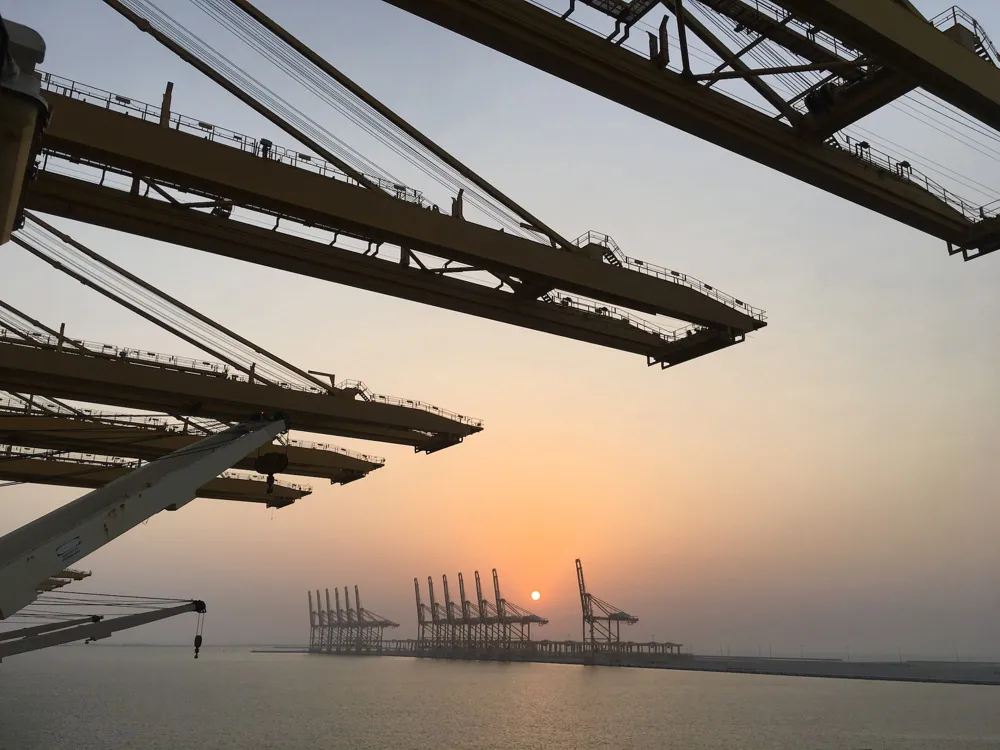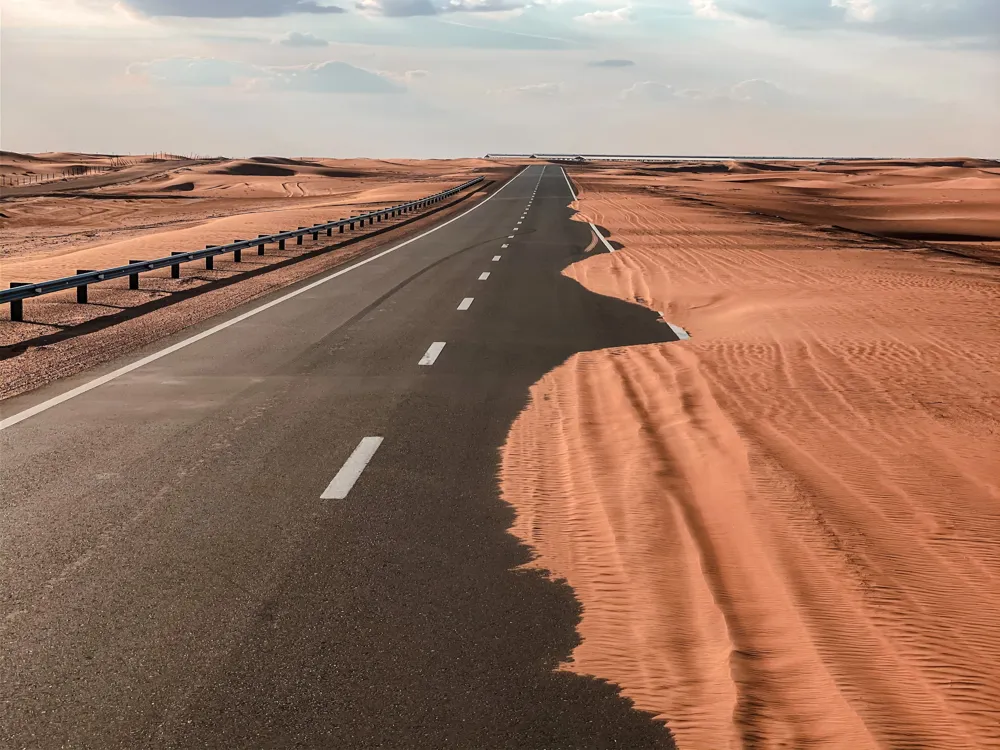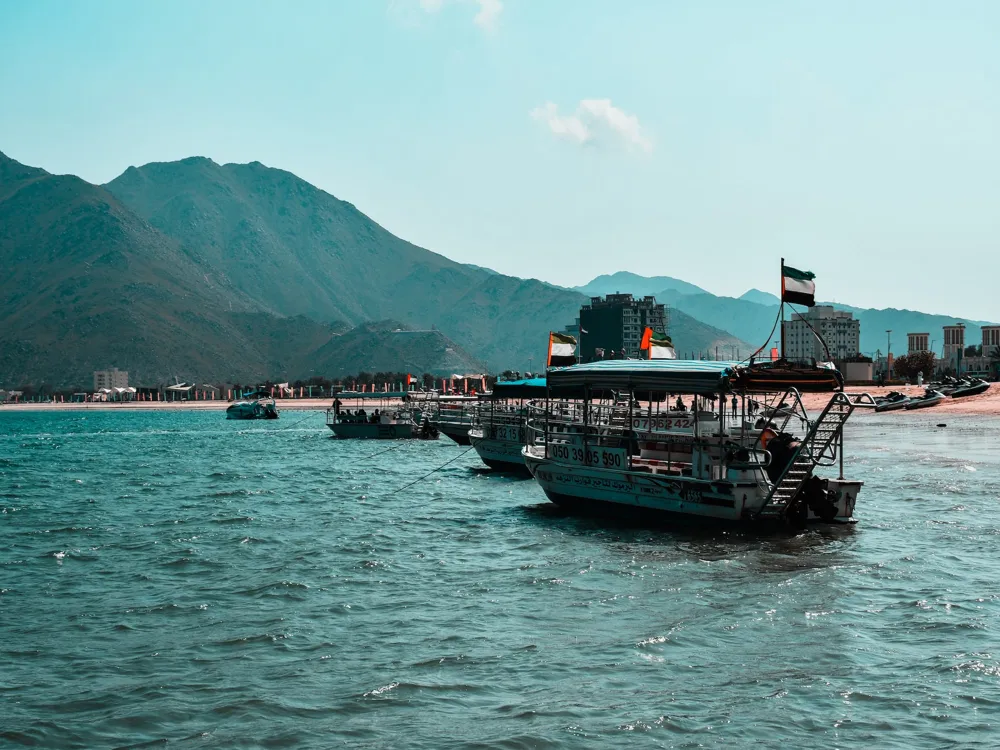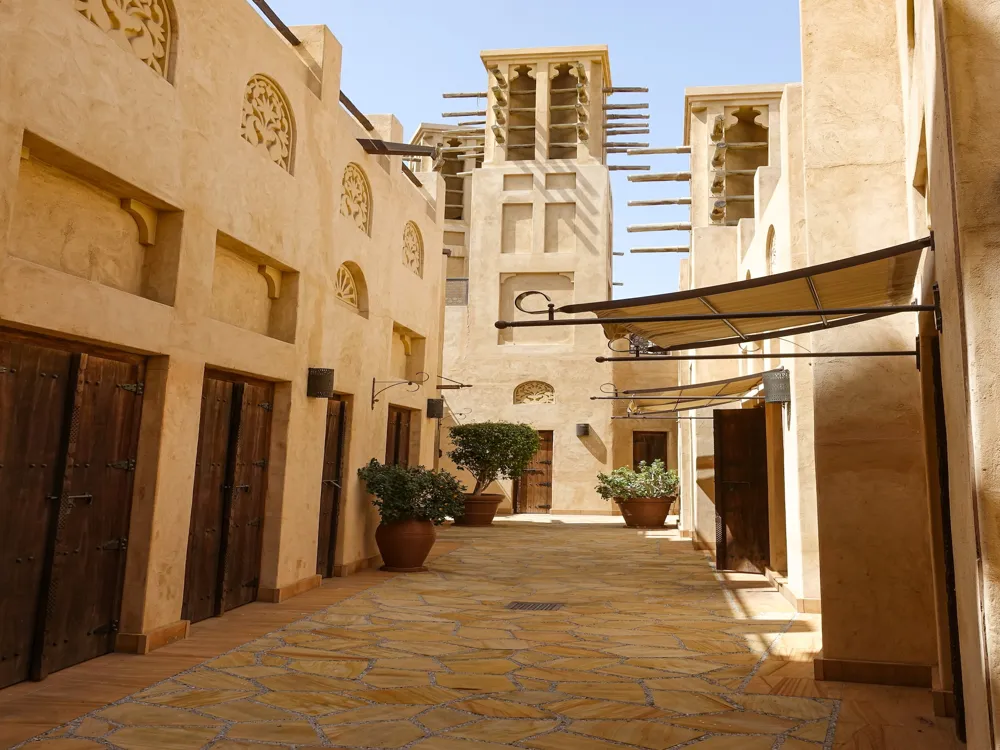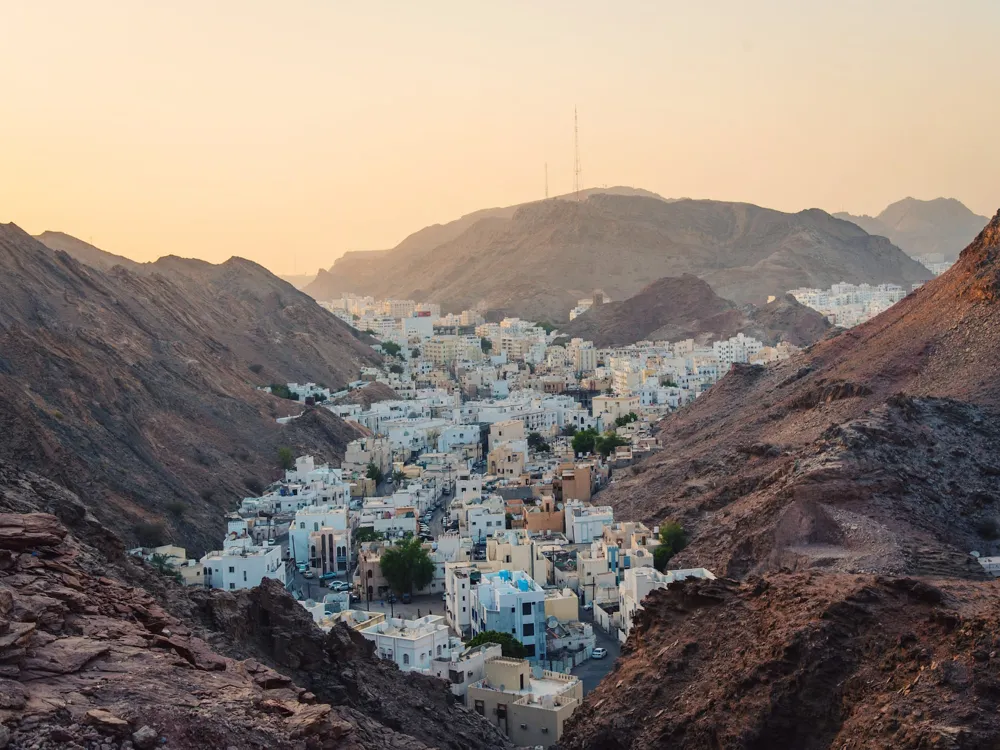Bur Dubai, a historic district in Dubai, United Arab Emirates, stands as a testament to the city's rich cultural tapestry and rapid urban development. This area, known for its vibrant mix of traditional and modern elements, offers a unique glimpse into Dubai's multifaceted character. From the bustling souks to the serene Dubai Creek, Bur Dubai presents an enchanting blend of history, culture, and contemporary lifestyle. The district's history dates back to the early 20th century, establishing itself as a pivotal commercial and residential center. Over the years, Bur Dubai has evolved, yet it retains its historical charm, evident in the preserved architecture and traditional markets. Today, it's a hub for tourists and locals alike, offering a diverse range of activities, from shopping in the colorful souks to exploring the heritage sites. Bur Dubai's geographical significance is also noteworthy. Situated on the western side of the Dubai Creek, it is opposite Deira, another historical district. This strategic location has played a crucial role in Dubai's economic growth, making Bur Dubai a central point for trade and cultural exchange. The district's connectivity to other parts of Dubai through extensive road networks and public transport, including the Dubai Metro, adds to its appeal as a must-visit destination in the city. In conclusion, Bur Dubai is not just a district; it's a living museum that showcases Dubai's journey from a small trading town to a global metropolis. Its mix of old-world charm and modern amenities makes it an essential part of Dubai's identity and a fascinating area for exploration and discovery. The architecture of Bur Dubai is a vivid reflection of Dubai's historical and cultural evolution. The district is home to some of the most iconic structures that combine traditional Emirati design with modern architectural elements. One of the most notable features of Bur Dubai's architecture is the use of traditional wind towers, known as Barajeel, which were an early form of air conditioning, providing natural cooling in the hot desert climate. Apart from traditional buildings, Bur Dubai also boasts modern skyscrapers that symbolize Dubai's rapid urban development. These contemporary structures, characterized by their innovative designs and state-of-the-art facilities, stand in stark contrast to the traditional buildings, creating a unique architectural landscape. Key architectural landmarks in Bur Dubai include the Dubai Museum, housed in the Al Fahidi Fort, the oldest existing building in Dubai. The museum offers a glimpse into the emirate's past with its exhibits and displays. Another significant structure is the Grand Mosque, known for its large minaret and intricate Islamic architecture. The district also features a blend of various architectural influences, reflecting the multicultural fabric of Dubai. From Iranian-inspired buildings in the Textile Souk to Indian and Pakistani influences in the residential areas, Bur Dubai's architecture is a testament to the diverse communities that have contributed to Dubai's growth. In essence, the architecture of Bur Dubai serves as a bridge between the past and present, offering a visual narrative of Dubai's transformation from a modest fishing village to a cosmopolitan city. It's a district where every building tells a story, making it an architectural marvel in its own right. The ideal time to visit Bur Dubai is between November and March when the weather is cooler and more conducive to outdoor activities. This period also coincides with Dubai's shopping festivals and cultural events. When visiting Bur Dubai, it's important to dress modestly, respecting the local culture. Lightweight, long-sleeved clothing is recommended, especially when visiting religious sites. The souks in Bur Dubai are a maze of shops and stalls. It's recommended to explore them with a map or a guide. Bargaining is common, so don't hesitate to negotiate prices. Don't miss the opportunity to try traditional Emirati dishes at local restaurants and cafes in Bur Dubai. It's a culinary experience that offers insight into the region's culture and history. Public transportation, including the metro and buses, is an efficient way to get around Bur Dubai. Taxis are also readily available, but make sure to use the official ones. Bur Dubai is easily accessible by various modes of transportation. The Dubai International Airport is just a short drive away, making it convenient for international travelers. For those within Dubai, the Dubai Metro offers a fast and efficient way to reach Bur Dubai, with several stations located within the district. Buses and taxis are also widely available, providing flexible options for visitors. Additionally, for a more scenic route, one can take a traditional abra (water taxi) across the Dubai Creek, offering a unique perspective of the district from the water. In summary, reaching Bur Dubai is straightforward, whether you're coming from within the city or from abroad. Its central location and well-connected transport network make it an accessible and inviting destination for all. Read More:Overview of Bur Dubai
Architecture of Bur Dubai
Tips When Visiting Bur Dubai
Best Time to Visit
Dress Code and Cultural Sensitivity
Navigating the Souks
Local Cuisine
Transportation Tips
How To Reach Bur Dubai
Bur Dubai
Dubai
₹ 17,999 onwards
View dubai Packages
Weather :
Tags : Village
Timings : Saturday to Thursday - 8:00 AM - 10:00 PM, Friday - 3:00 PM – 10:00 PM
Time Required : 2 - 3 hrs
Planning a Trip? Ask Your Question
Dubai Travel Packages
View All Packages For Dubai
Top Hotel Collections for Dubai

Private Pool

Luxury Hotels

5-Star Hotels

Pet Friendly
Top Hotels Near Dubai
Other Top Ranking Places In Dubai
View All Places To Visit In dubai
View dubai Packages
Weather :
Tags : Village
Timings : Saturday to Thursday - 8:00 AM - 10:00 PM, Friday - 3:00 PM – 10:00 PM
Time Required : 2 - 3 hrs
Planning a Trip? Ask Your Question
Dubai Travel Packages
View All Packages For Dubai
Top Hotel Collections for Dubai

Private Pool

Luxury Hotels

5-Star Hotels

Pet Friendly






